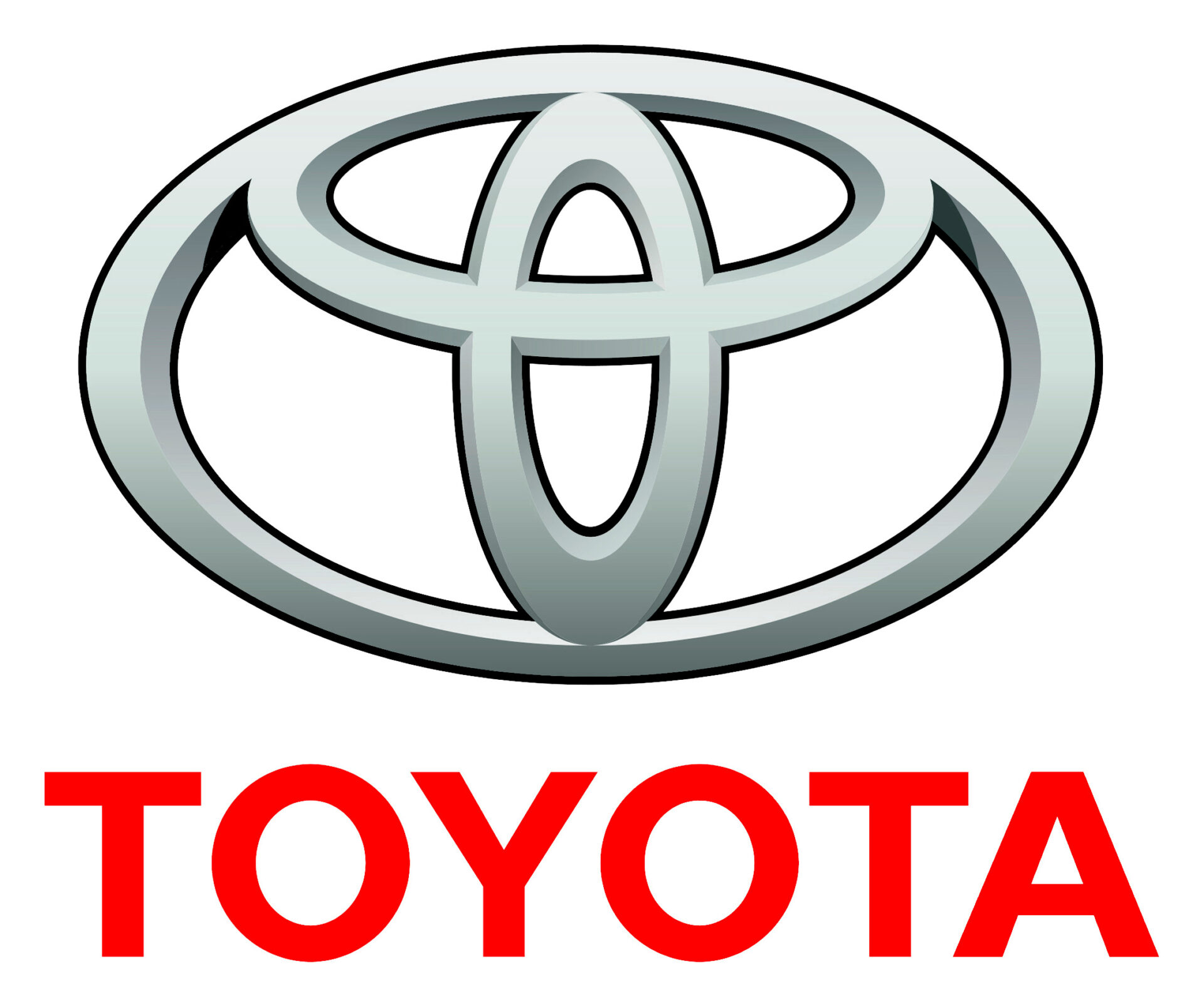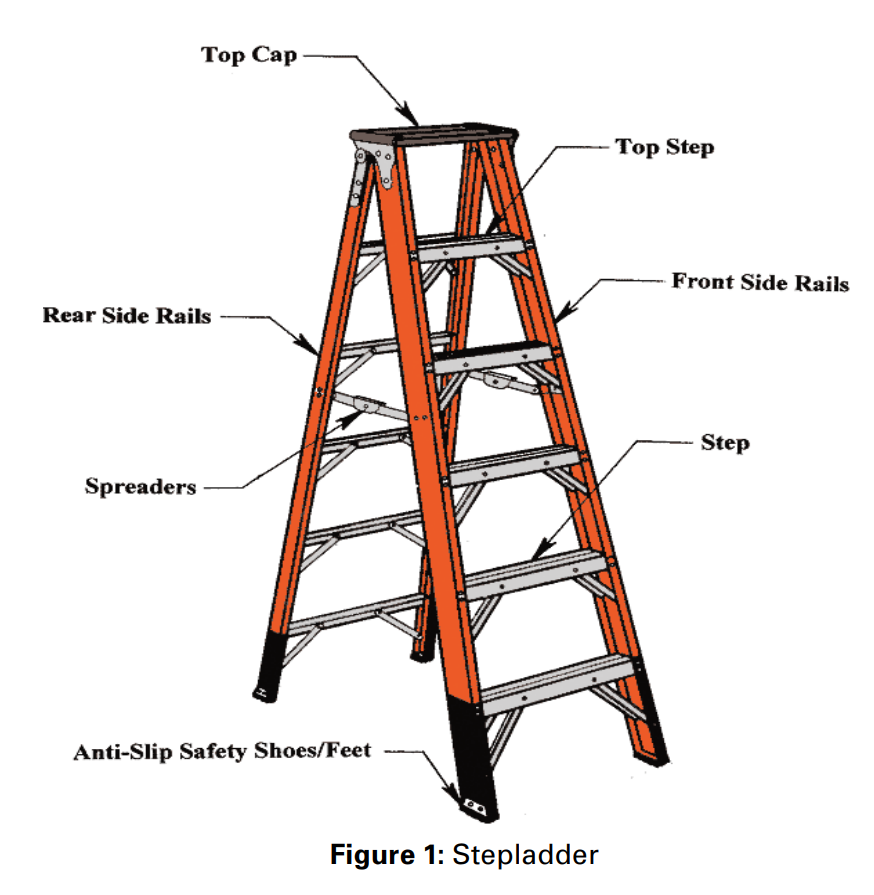Stick Vacuums and Vacs for tile
In general, all dry vacuums work on a simple premise: particles in vs. particles out. The more particles brought in and the fewest released back to the environment, the better.
A vacuum, stick or otherwise, is a system in which overall design, tools, filters, body seals and gaps, motors, power, weight/ergonomics, and more, work together to remove particles.
Stick Vacuums
Battery-powered stick vacs are intended for light/quick cleanup and short run-times. That said, they can be very effective as battery technology has improved over the years producing more sustained power than older batteries.
Here is what to look for:
1. Replaceable lithium-ion battery (as it drives suction and batteries may lose power over time). Higher voltage batteries tend to drive more powerful motors for better performance.
2. Easy to clean filters.
3. Lightweight (for stairs).
4. Ability to do various cleaning tasks depending on usage. Note, stick vacs are rarely a good replacement for AC-powered upright vacs if you have lots of carpet.
5. Longer run-times (up to an hour), and shorter charge times, depending on intended use.
6. Conversion into a hand vac; e.g., for removing pet hair on furniture.
7. A vacuum you have tested yourself (make sure your store has a return policy that lets you return the vacuum if it does not meet expectations) for physical/ergo comfort in use, tolerable noise level, low emissions (you do not want to smell dust during use).
Vacuums for Tile
In general, vacuums for tile floors must remove soil without a beater-brush or agitator to prevent marring the floor. That said, airflow and suction are key factors, and historically, canister vacs with a suction-only wand and floor tool have been able to provide the greatest cleaning ability on smooth floors; a byproduct of having large motors that can be rolled around rather than pushed and pulled.
Still, stick and upright vacuums that offer a suction-only option, can be quite workable, depending on your needs: e.g., if your tile floor does not have grouted lines, a high-powered suction tool affixed to a stick or upright vacuum can work.
One factor to be aware of is the orifice opening of the cleaning tool. In general, the narrower the opening the higher the rate of airflow and, often, better hard surface cleaning. If the vacuum has a wide opening with a beater brush that can be turned off for hard floors, it will tend to be less effective than a suction-only tool designed for tile.




